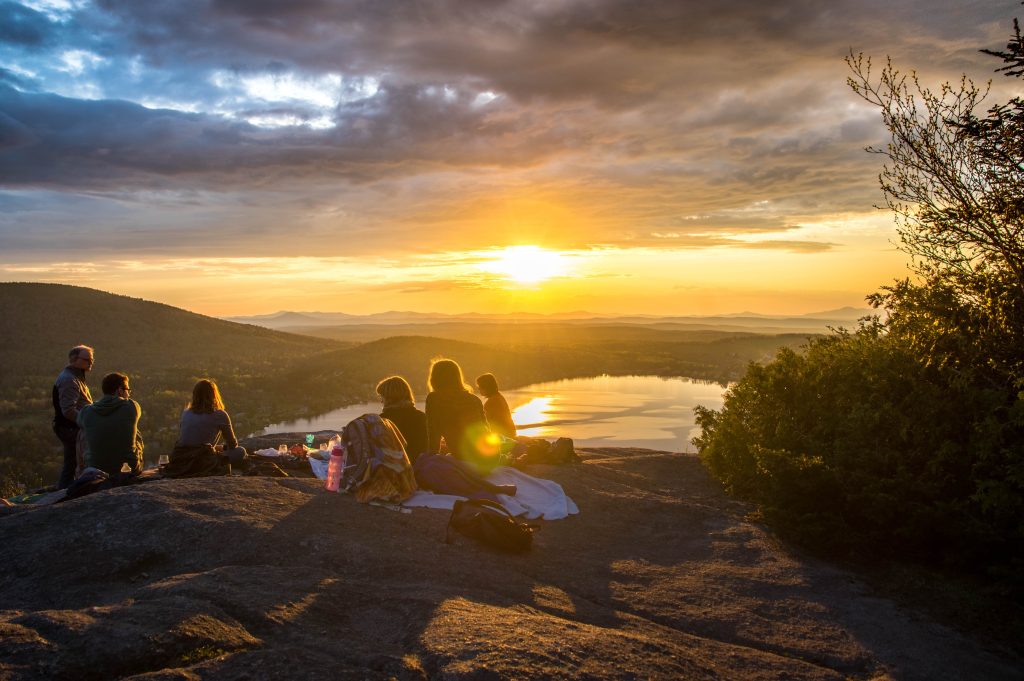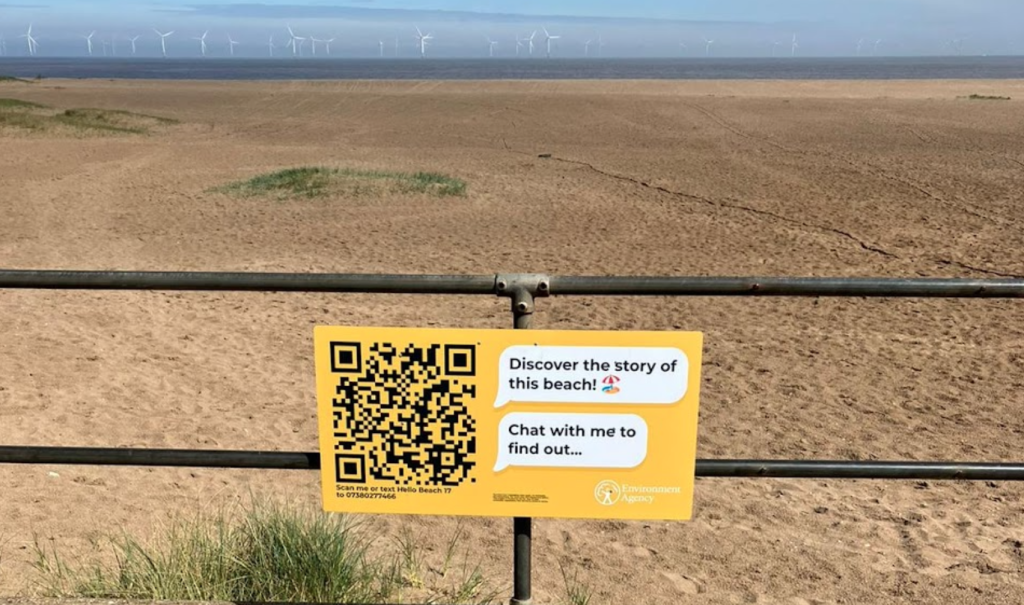Community engagement has never been more important to the water and utility sector. As negative press continues to dominate the headlines, public perceptions are changing by the day. The trust individuals once had in their suppliers is being damaged by the lack of accessibility to information regarding pollution, flood risk and other water related issues.
The water sector needs to re-build relationships and transparently communicate with their consumers. How can this be achieved, in a way that’s both cost-effective and inclusive to all?
In this blog, we’ll explore some of the challenges water suppliers are facing when interacting with their audience. We’ll also take a look at the benefits of effective engagement, and how automating services can help educate and inform people on key issues like sewer misuse, water quality and flood risk.
Current challenges the water sector is facing:
Negative press: rebuilding relationships with the public
News reports across 2023 revealed the large extent of unknown sewage and pollution that has damaged the UK’s seas and rivers. Earlier this year, the Environment Agency reported a total of 301,091 sewage spills in 2022, an average of 824 a day.
The lack of information and awareness surrounding mass pollution has caused public outrage, heavily damaging the relationship between consumers and suppliers. In 2023, Ofwat released a survey based on the public’s trust and perceptions in the water sector. Around half of the respondents were aware of the bad press and felt their trust in water suppliers had reduced.
This situation has highlighted the need to be more transparent with the public, and keep individuals better informed on the actions being taken by suppliers. By providing clarity in engagement, the public can keep updated and help alleviate the chances of backlash when projects or actions take place. This has become one of the key focuses to Ofwat’s £200m Innovation Fund which launched in 2020. The funding aims to bring in new learnings from other sectors whilst embedding a culture that values, encourages and supports innovation.

Reaching widespread, diverse communities
Whether it be a big city or a small rural community, individuals no longer like to be on the ‘outside’ when it comes to influencing decision-making. People want their voice to be heard, but how do you ensure that you involve everyone?
Previous methods of community engagement include in-person events and satisfaction surveys, however, these strategies typically don’t reach every member of a community – usually just the 1%. Technological advancements are now breaking down those barriers, and further expanding the reach of dialogue to customers. Issues like water usage and summer droughts can now be explained through interactive experiences that make learning easier, whilst gathering real-time insights and spreading awareness.
Whilst surveys and community events are still regularly used, these engagement sessions take a lot of time and money. From Ofwat’s perception report, they found respondents actually preferred receiving frequent communication across multiple channels like email and text, instead of public events. Introducing a new channel of engagement means individuals can be kept well aware of fast-moving news instantly.
By adopting digital technologies, physical distance no longer becomes a challenge. It enables those previously excluded demographics to collaborate and connect, building stronger relationships and generating better data in the long-term.

Influencing change in public behaviours
The current climate crisis is a global issue everyone has responsibility for. In 2021, the UK Government set a 2028 target for water suppliers to reduce water consumption on a per-capita basis by 20%. In 2019, Ofwat launched a price review, determining their business plans over the next five years. In the review, they committed to empowering customers to reduce their water usage by 13% by 2025. For these changes to take place and be successful, organisations need to provide tools and guidance that allows public behaviours to gradually adapt.
The more the public can be aided in understanding key issues like water usage, the easier it can be to influence behavioural changes. Are you asking the right questions to the public to address key issues? If so, are you then ensuring that your community has an understanding of the issues, with enough information and guidance to influence change?
Using this insight can be a great opportunity to identify individuals who may need extra support. It not only helps with public behavioural changes, but also assists in influencing future decision making on key issues like sewer misuse, flood risk and water quality.

The benefits of effective community engagement:
Improved time efficiency
Nothing can be more frustrating to consumers than waiting in a long phone queue, or spending unnecessary time navigating a website to get assistance. By automating your services, not only does this enable quick and easy access, but you can also save staff time to handle public queries. While in-person engagement is still a valuable tool, adding an extra digital layer opens up a new communication channel, providing accessibility to resources and services, 24/7/365.

Better understand public demands
When community members feel like their voices are heard and they have involvement in decision making processes, this builds a sense of pride and care. Encouraging two-way conversations opens the door to truly understand the needs of your communities and the help they may require. As part of the Ofwat survey, respondents were asked about key issues they’d like to learn more about. 35% of respondents wanted to hear more on issues like saving water, while 47% had an appetite to learn more about water quality.
By understanding local knowledge and demands, decisions can be made that align best to the communities served. Technology is providing a platform for marginalised groups – enabling individuals to be kept in the loop and offering opportunities to discuss topics they may have not previously had access to. This in return, can help foster a sense of community pride and belonging, increasing satisfaction in local areas.

Cost effective engagement, with less effort
When delivering engagement strategies, the need for them to be cost effective is crucial. According to Waterwise, the UK has seen the lowest spend per customer on engagement and communications in comparison to the US and Australia. Using digital tools helps to easily increase community reach and participation, save carbon, improve community satisfaction and reduce operational costs.
As an example, Hello Lamp Post has been working with the Environment Agency since 2021 and across 9 schemes, we’re proud to have achieved the following so far for the organisation:
- Reduced engagement costs per capita ~ 92%,
- Avoided £1.24m spend on alternative engagement activities,
- Reduced carbon footprint by 20.71 tonnes,
- Increased community preparedness, engagement and reach, compared to previous years.

Modern technology is rapidly evolving the way people live, and how organisations work. The silent utility provider is no longer adequate in society. The expectation today is to be able to get quick and accessible services that provide the support and information people need, without taking extensive amounts of their time.
Using digital solutions has enabled suppliers in the water sector to:
- Automate time-consuming tasks, saving staff time on public queries,
- Educate communities on important topics like water quality and sewer misuse,
- Gather feedback and data to inform decision making and understand the needs of your consumers.
Want to know how we can enhance your engagement? Please send us a message via our contact form to chat with our friendly engagement team in either the UK or the US.














